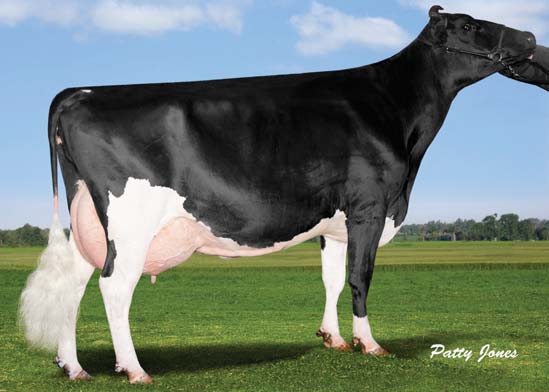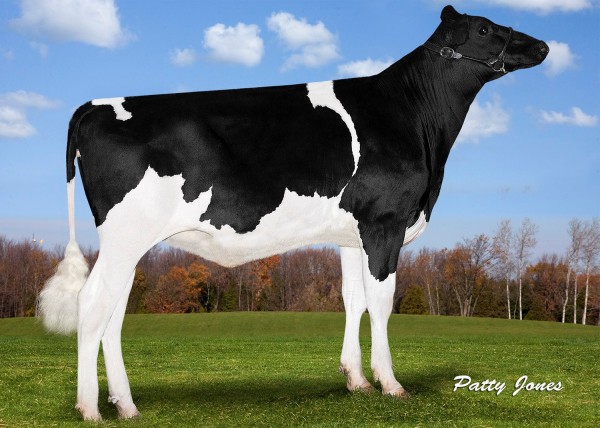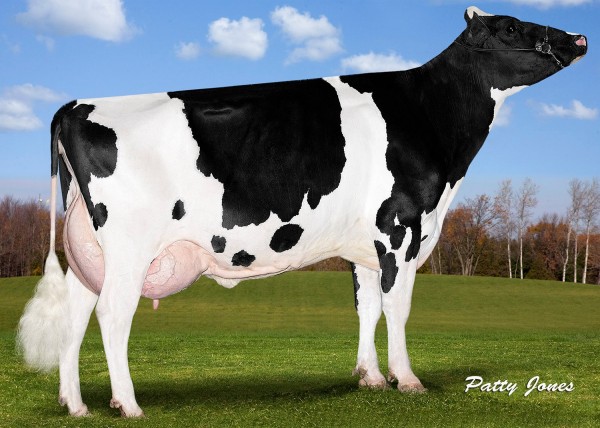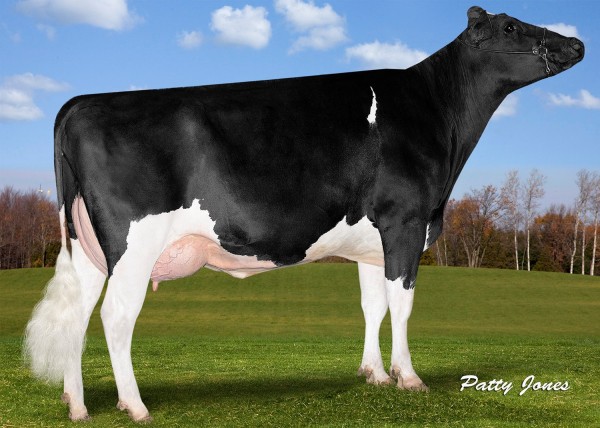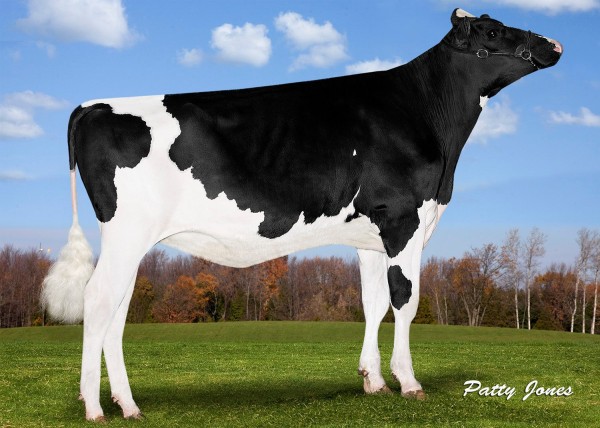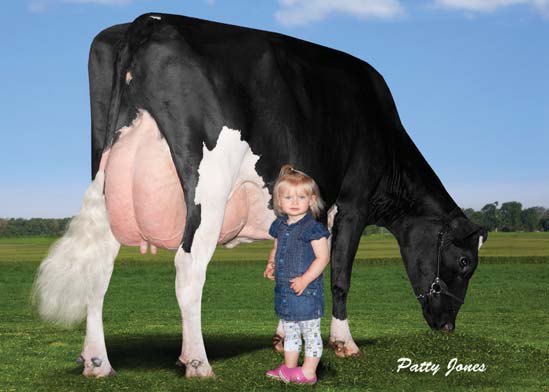We have all been there. We go to do something but, before we can even start, we begin to worry about what people will think. That’s because everyone wants to be liked and accepted. The dairy community likes to think of itself as an all friendly and happy community. The challenge is that, when your goal is to bring about change, you need to understand that you cannot be liked by everyone. You have to learn how not to be concerned with what everyone else thinks. Here at The Bullvine, we don’t care what everyone else thinks.
Editors note: The orginial post used the word F*** due to respect to readers of all ages we have changed this public post to be appropriate for all readers.
I am proud to say that since starting The Bullvine I have been able not to not care. I have not had to care what everyone else was doing, what others were saying about me, or what people thought about me. That’s because I did not care about what they thought I was doing for since day one I have been clear about what I wanted to achieve. (Read more: TWICE THE BULL – HALF THE S**T, I’m Sorry, But I’ve Had Just About Enough Of… and THE BULLVINE HAS BITE!) We wanted to make a difference in the dairy world. We wanted to be different give dairy breeders a voice.
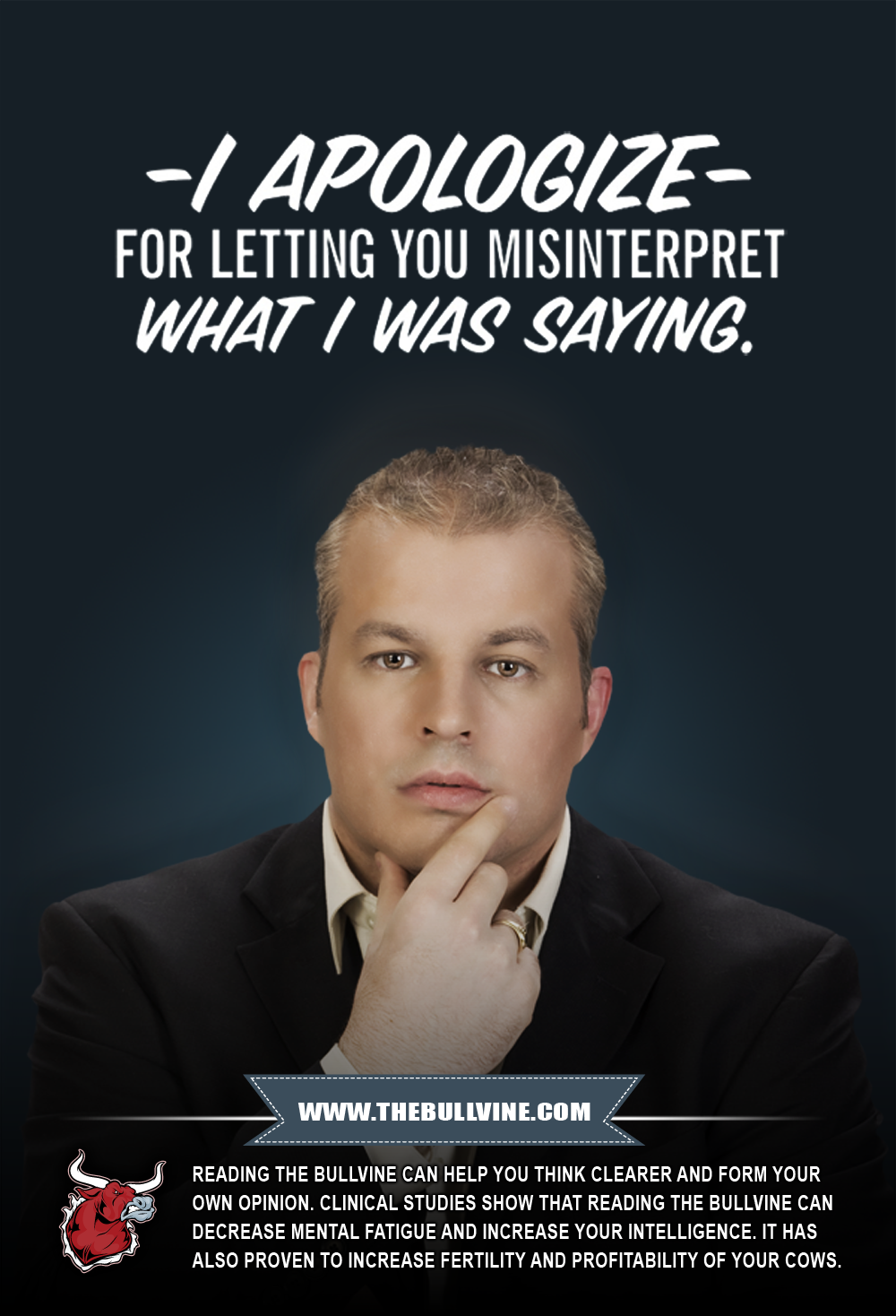 Not to Be Confused with Indifference
Not to Be Confused with Indifference
Not giving a f* does not mean being indifferent, in fact, we have been anything but indifferent. There have been many issues over the past four years that we have been very concerned about. From photo ethics to the future of the breeding industry and, of course to the challenges breeders face every day, we certainly have had a strong opinion on these issues from day one. Moreover, we have not been afraid to share our opinion with our readers. What it does mean is that we have to be comfortable with being different. We have to comfortable when we go to cow shows, and some closed minded people snicker at you. You have to be comfortable when people attack your very soul on Facebook. You have to be comfortable not giving a care what other people think.
When most people envision giving no care whatsoever, they envision a kind of perfect and serene indifference to everything, a calm that weathers all storms. That is very misguided. Don’t confuse my indifference for passion for our ultimate goal. Indifference would mean that we don’t care. That we are some form of couch potatoes just sitting here not willing to stand up for their goals. In fact, we have been on the front line many times, slugging it out, for the very issues we are most passionate about.
Indifference is the other publications that were so afraid of what others thought of them that they were paralyzed to act and now find themselves struggling to pay their bills. They didn’t want to say anything to offend anyone because they were not sure if it would cost them, advertisers. Funny thing is by doing nothing it has led to that exact result. Some of their key advertisers, ones that they coveted, have now become strategic partners with us here at The Bullvine.
To Not Care About Adversity, You Must First Care About Something More Important Than Adversity
Success is achieved when you stare failure in the face and shove your middle finger back at it. We certainly have proven that we don’t care about adversity, failure or about taking heat for our actions. We just sucked it up and then did it anyway. We know what has to be done to achieve our ultimate goal. Sometimes you have to have the guts to stand alone.
Sure we have had the odd lawsuit or two. But we have also brought about the change we desired. We have given breeders a voice. We have spoken about the issues no one else would touch. Moreover, along the way we have developed the largest community of dairy breeders who are actively talking about the key issues we all face. (Read more: Introducing The Milk House – Dairy Breeder Networking on Facebook).
In life, our time must be spent on something meaningful. There is no such thing as not caring about anything. The question is simply how we each choose to a lot our time. You only get a limited amount of time to give over your lifetime, so you must spend them with care. When we’re young, we have tons of energy. Everything is new and exciting. Moreover, everything seems to matter so much. We care about everything and everyone — especially about what people are saying about us.
As we get older, we gain experience and begin to notice that most of these things have little lasting impact on our lives. Those people’s opinions, which we cared about so much before, have long been removed from our lives. We realize how little people pay attention to the superficial details about us and we focus on doing things more for our own integrity rather than for others. Essentially, we become more selective about the time we’re willing to give. This is something called ‘maturity.’ It’s nice, you should try it sometime. Maturity is what happens when one learns to only care about what’s truly worth caring about.
The Bullvine Bottom Line
In my life, I have care about many people and many things. I have also not cared about many people and many things. And those times I have not given have made all the difference. Since starting The Bullvine, I have tested my ability to keep the eye on the ultimate goal and not care what people think about us, but rather understand what we are trying to achieve. As we enter our fifth year, I am very proud of the work we have done and the actions we have taken, because it has led us to the position we are at today. A voice for breeders during uncertain times.
Get original “Bullvine” content sent straight to your email inbox for free.






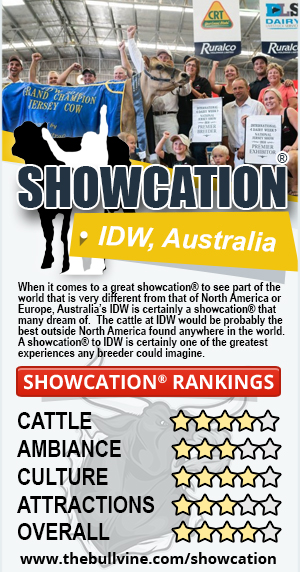 From the land of Crocodile Dundee, Road Warrior and Vegemite is also the home to one of the greatest cattle shows outside of North America. While Australia may be world famous for producing UGG boots, AC/DC and the dual flush toilet it is their annual International Dairy Week that will have Showcationer’s from around the world flocking to Southern Australia in the middle of their hot season.
From the land of Crocodile Dundee, Road Warrior and Vegemite is also the home to one of the greatest cattle shows outside of North America. While Australia may be world famous for producing UGG boots, AC/DC and the dual flush toilet it is their annual International Dairy Week that will have Showcationer’s from around the world flocking to Southern Australia in the middle of their hot season.![12622503_10156330284250018_3808141187725744372_o[1]](https://www.thebullvine.com/wp-content/uploads/2016/02/12622503_10156330284250018_3808141187725744372_o1-600x400.jpg)
![10410974_10155001705965018_7731558853079262896_n[1]](https://www.thebullvine.com/wp-content/uploads/2016/02/10410974_10155001705965018_7731558853079262896_n1-600x800.jpg)
![12621970_10156330283970018_369201138913747825_o[1]](https://www.thebullvine.com/wp-content/uploads/2016/02/12621970_10156330283970018_369201138913747825_o1-600x400.jpg)
![10525899_10155001704685018_2910801919950831463_n[1]](https://www.thebullvine.com/wp-content/uploads/2016/02/10525899_10155001704685018_2910801919950831463_n1-600x338.jpg)
![12615423_10156330287795018_5731509178474736794_o[1]](https://www.thebullvine.com/wp-content/uploads/2016/02/12615423_10156330287795018_5731509178474736794_o1-600x400.jpg)
![Aussie-food[1]](https://www.thebullvine.com/wp-content/uploads/2016/02/Aussie-food1-600x400.jpg)
![quality-hotel-parklake[1]](https://www.thebullvine.com/wp-content/uploads/2016/02/quality-hotel-parklake1-600x399.jpg)
![12615363_805470676230473_4732546586729998776_o[1]](https://www.thebullvine.com/wp-content/uploads/2016/02/12615363_805470676230473_4732546586729998776_o1-600x362.jpg)
 If you are like most breeders and members of the dairy community, time for vacations is very limited. But, like most, you are also probably very passionate about this great industry we are all a part of and have often wondered just what it’s like in other countries. Enter SHOWCATION®, a vacation to a dairy show somewhere around the world. The first stop in our SHOWCATION® series is Italy for the European Open Holstein Show held in Verona Italy every year in the first week of February.
If you are like most breeders and members of the dairy community, time for vacations is very limited. But, like most, you are also probably very passionate about this great industry we are all a part of and have often wondered just what it’s like in other countries. Enter SHOWCATION®, a vacation to a dairy show somewhere around the world. The first stop in our SHOWCATION® series is Italy for the European Open Holstein Show held in Verona Italy every year in the first week of February.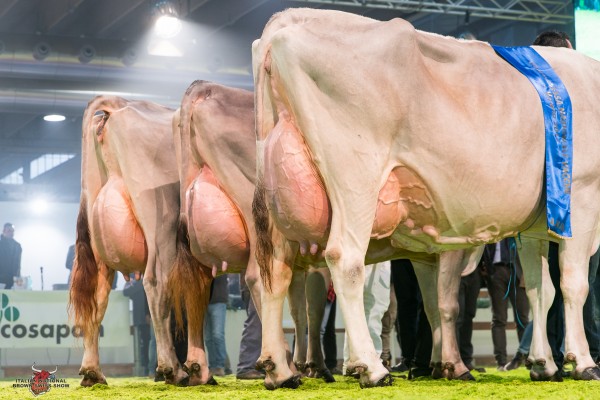




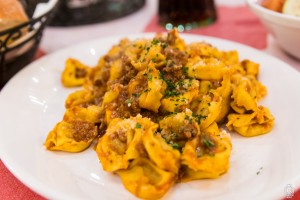 Horse-meat (Cavallo), a local specialty. Pastissada de caval, is a dish of braised horse meat, as is Picula de Caval.
Horse-meat (Cavallo), a local specialty. Pastissada de caval, is a dish of braised horse meat, as is Picula de Caval. Located about 1 hour and 10 minutes’ train ride from Verona, this is the perfect time to visit Venice for it’s annual carnival. Venice is one of the most interesting and lovely places in the world, especially during carnival when the city comes to life. This sanctuary on a lagoon is virtually the same as it was six hundred years ago, which adds to the fascinating character. Carnival of Venice is one of the most famous carnivals in the world. First organized in 1926 this carnival is particularly appreciated because of the masks that are exhibited by its participants. During the carnival period, the inhabitants of Venice are allowed to carry out unusual behaviors. If you have brought that special someone with you, take a Vaporetto (Water Bus) down the Grand Canal right before sunset. The sights are priceless: amazing architecture, soft seaside sunlight, and a fascinating parade of Venetian watercraft. For an, even more, romantic experience take a Gondola. It’s expensive, but it may be one of the most romantic experiences of your life. While most of the Carnival events are centered around San Marco square, there are certainly sites to see all around this city that is built on the water. There are no cars in the city and many narrow streets, so best to get a good map and be ready to enjoy the sights. (See more photos of
Located about 1 hour and 10 minutes’ train ride from Verona, this is the perfect time to visit Venice for it’s annual carnival. Venice is one of the most interesting and lovely places in the world, especially during carnival when the city comes to life. This sanctuary on a lagoon is virtually the same as it was six hundred years ago, which adds to the fascinating character. Carnival of Venice is one of the most famous carnivals in the world. First organized in 1926 this carnival is particularly appreciated because of the masks that are exhibited by its participants. During the carnival period, the inhabitants of Venice are allowed to carry out unusual behaviors. If you have brought that special someone with you, take a Vaporetto (Water Bus) down the Grand Canal right before sunset. The sights are priceless: amazing architecture, soft seaside sunlight, and a fascinating parade of Venetian watercraft. For an, even more, romantic experience take a Gondola. It’s expensive, but it may be one of the most romantic experiences of your life. While most of the Carnival events are centered around San Marco square, there are certainly sites to see all around this city that is built on the water. There are no cars in the city and many narrow streets, so best to get a good map and be ready to enjoy the sights. (See more photos of 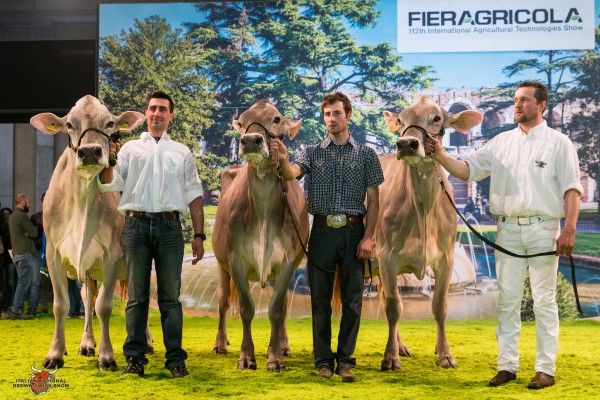
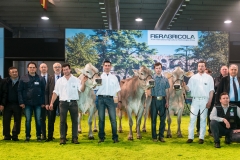
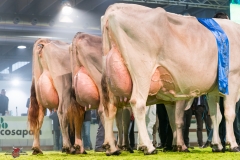
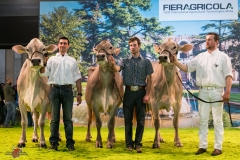
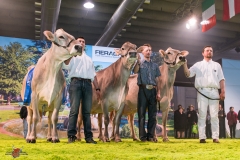
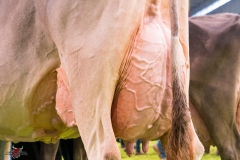
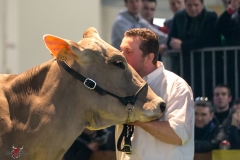
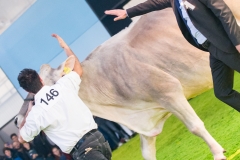

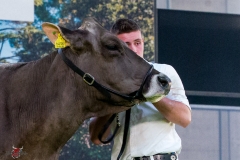
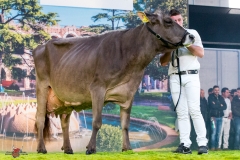
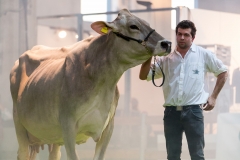
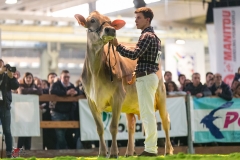
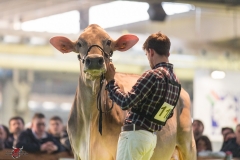
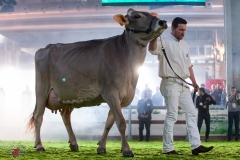
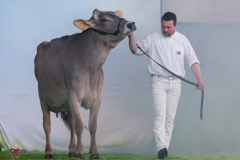
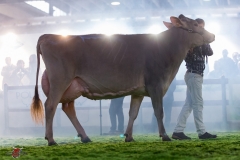
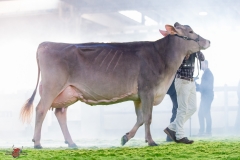
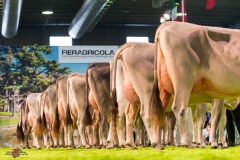
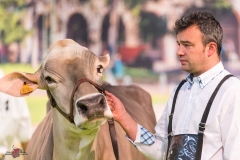
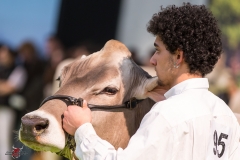
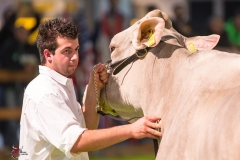
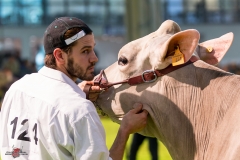
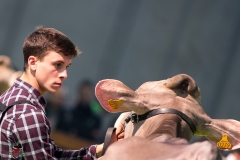
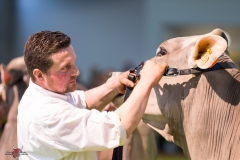
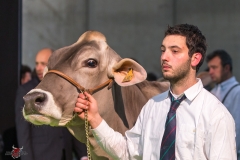

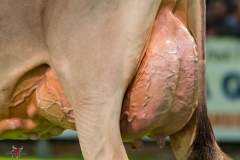
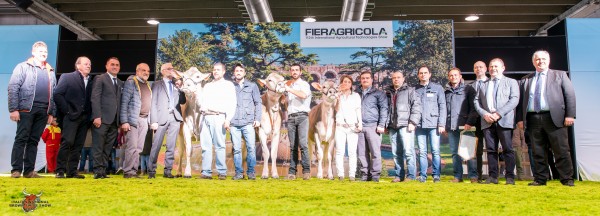
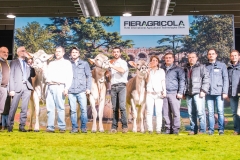
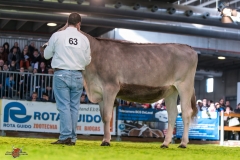
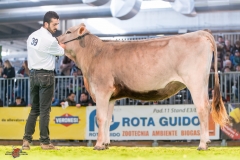
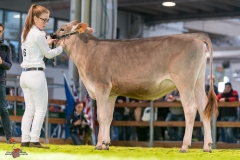
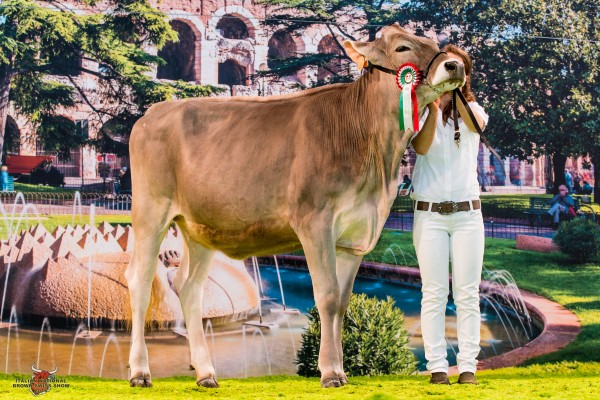
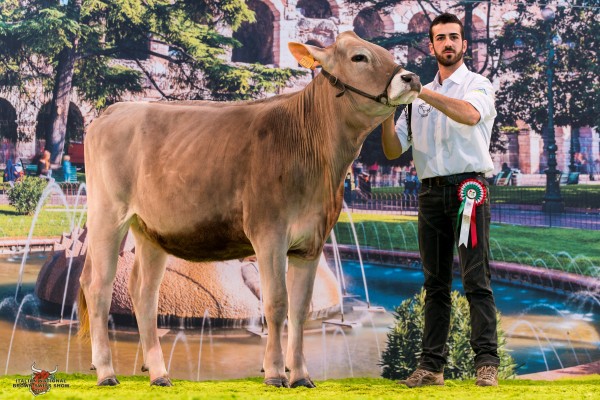
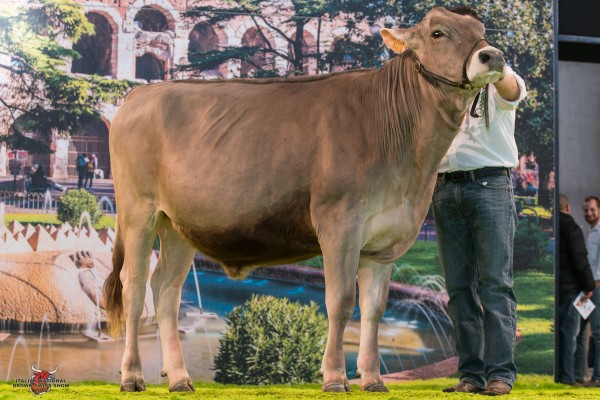
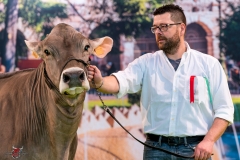
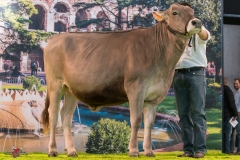

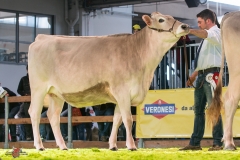
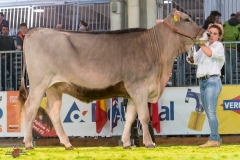
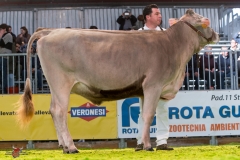
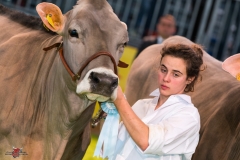
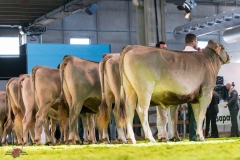
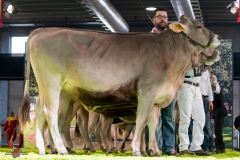
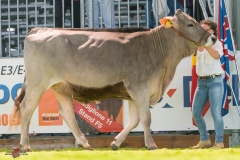
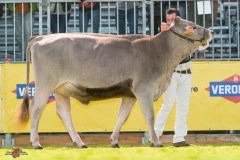
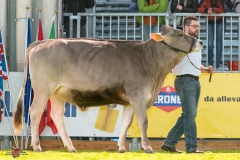
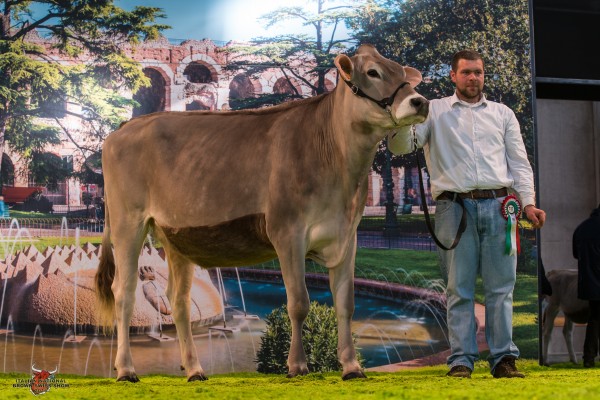
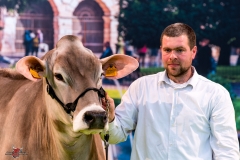
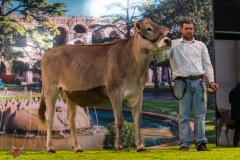

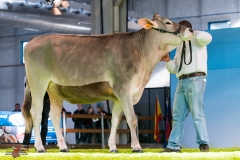
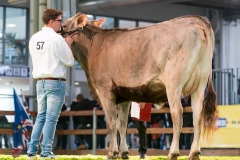
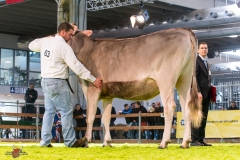
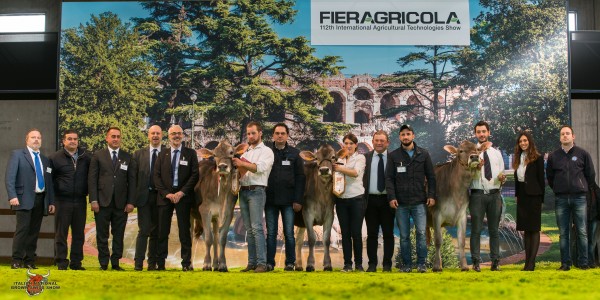
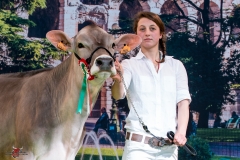
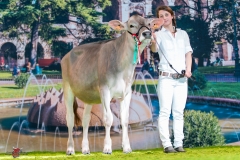
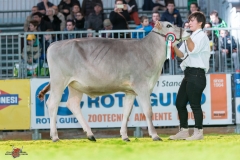
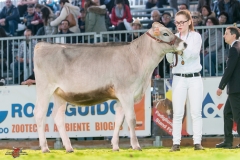
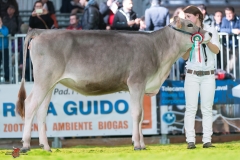
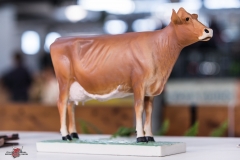
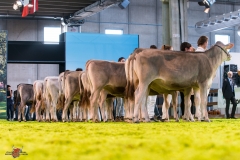
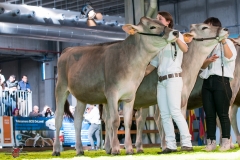
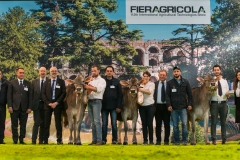


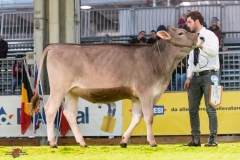
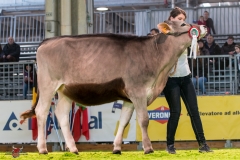
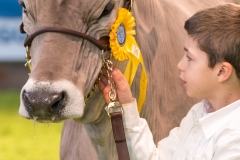
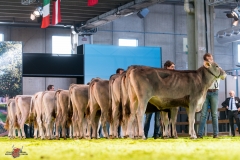
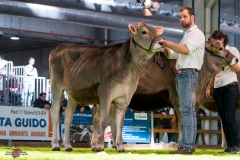


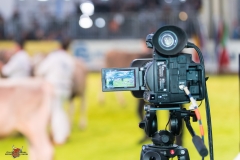
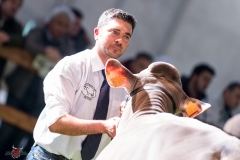
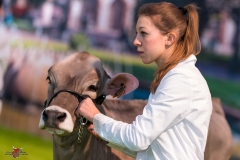
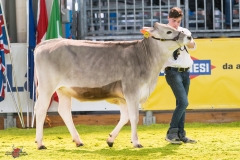
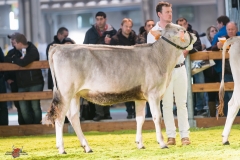
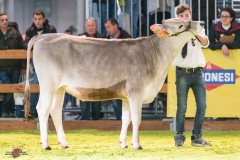
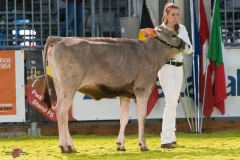
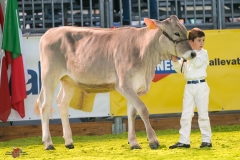
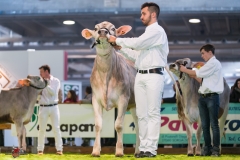
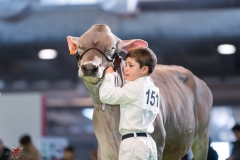
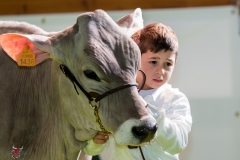
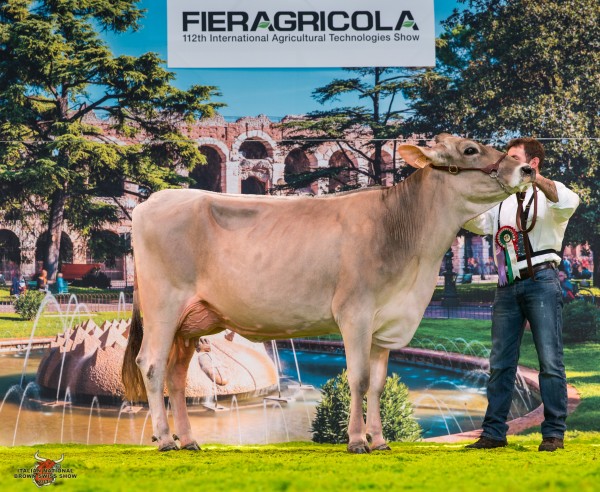

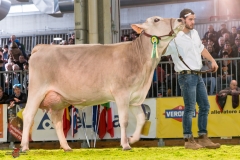
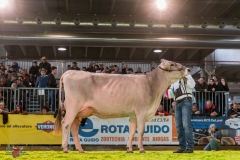
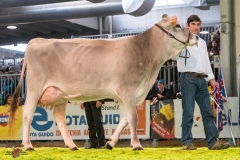
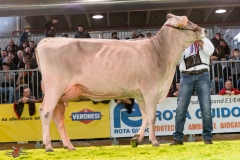
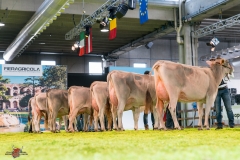
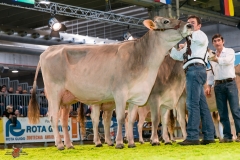
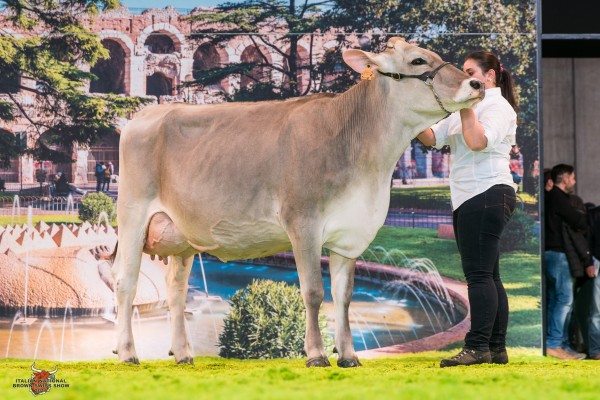
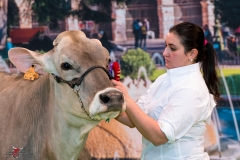
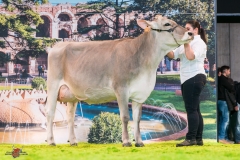
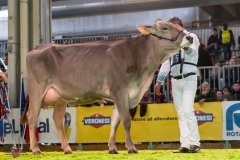
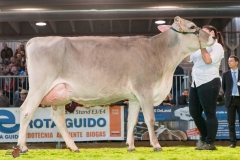
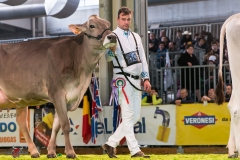
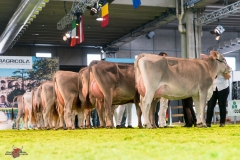
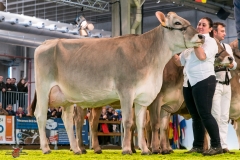
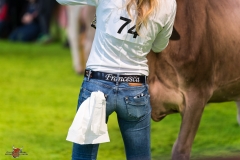
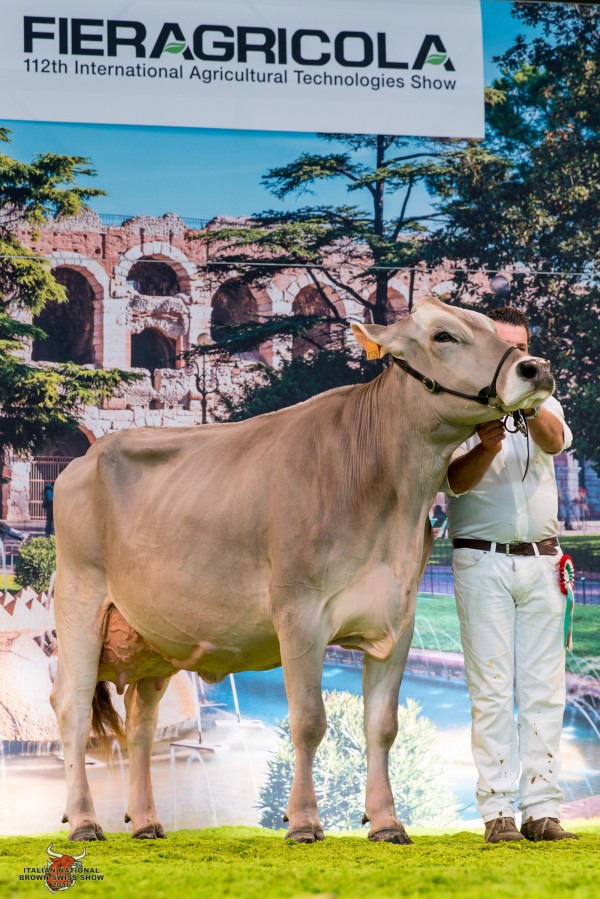
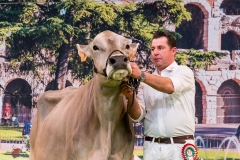
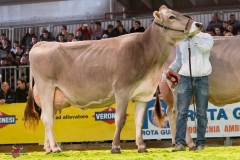
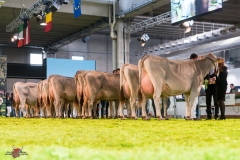
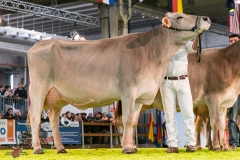
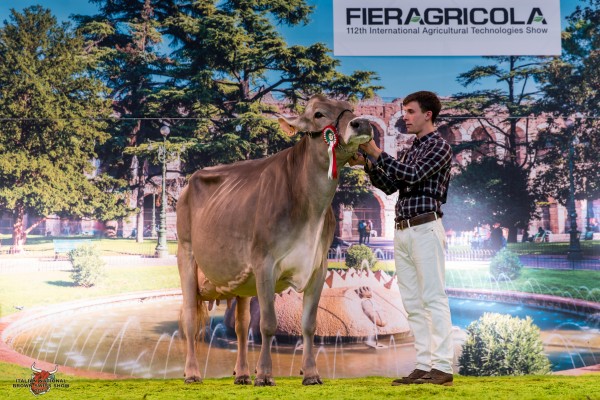
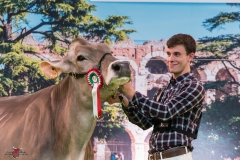
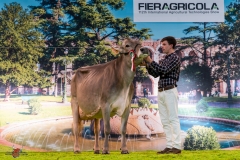
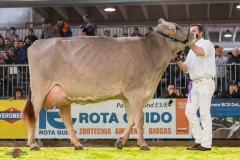
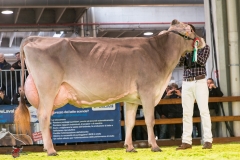
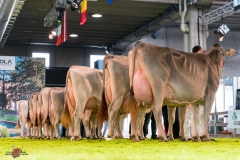
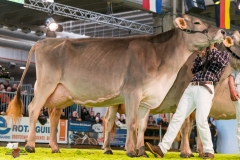
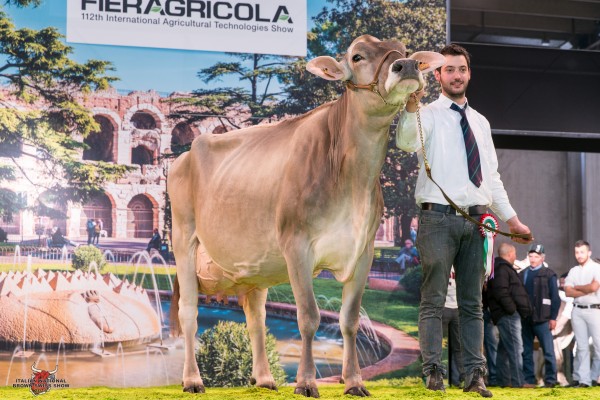
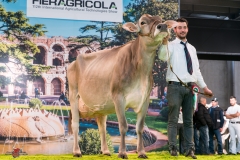
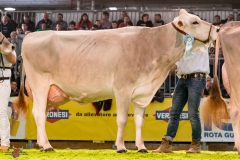
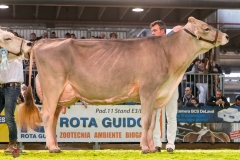
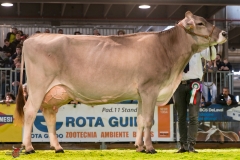
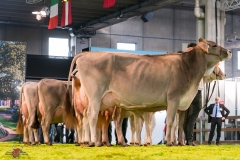
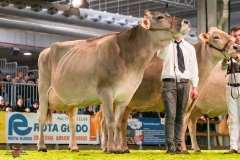
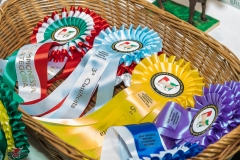
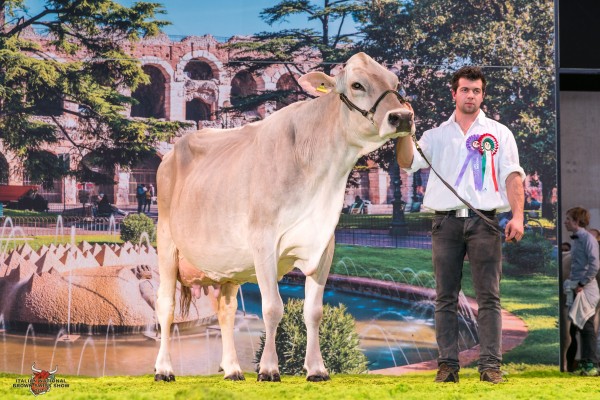

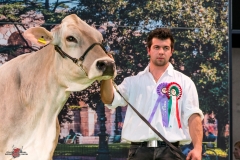
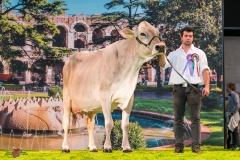
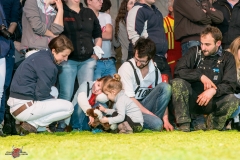
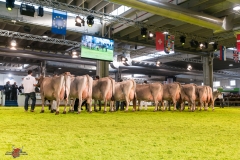
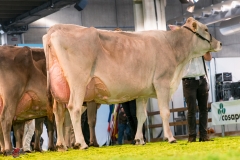
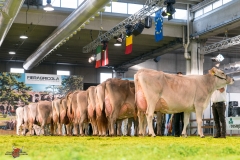
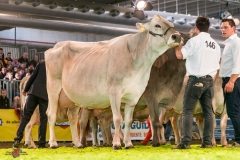
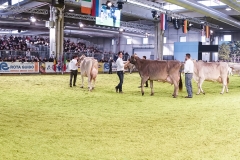
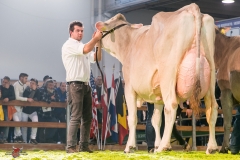
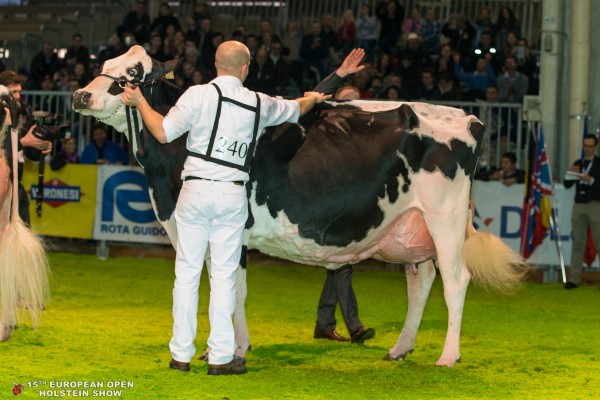
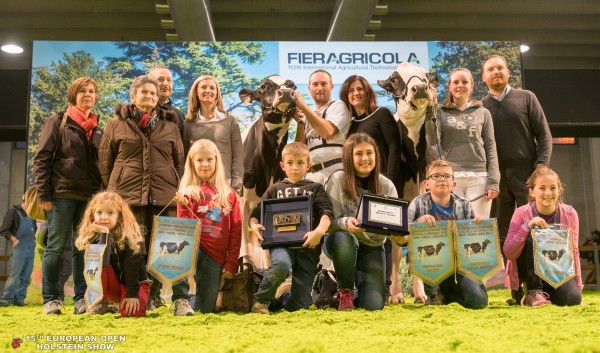
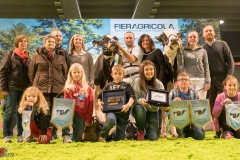
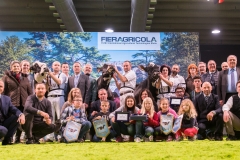
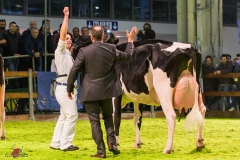
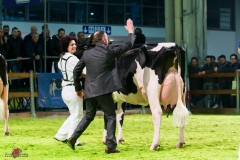
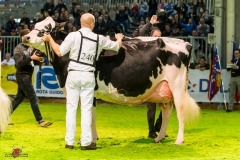
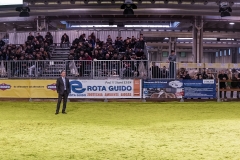
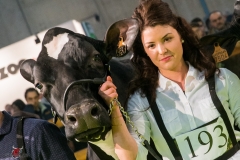
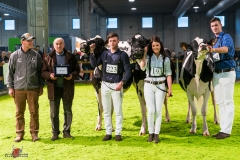
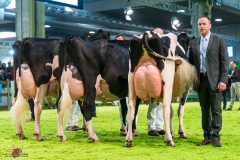
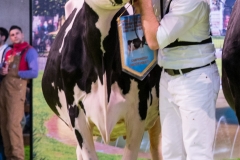
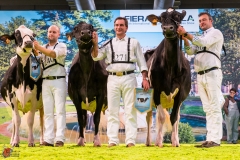
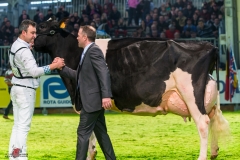
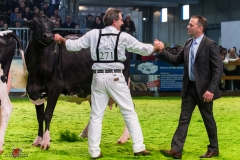
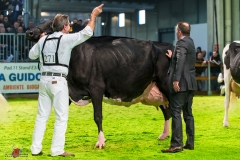
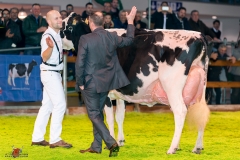
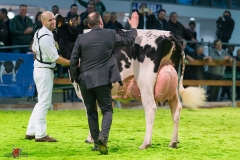
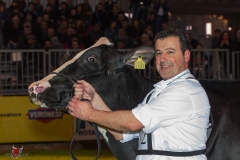
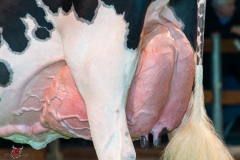
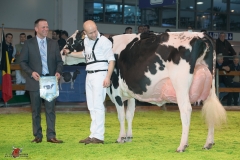
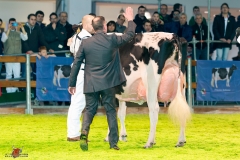
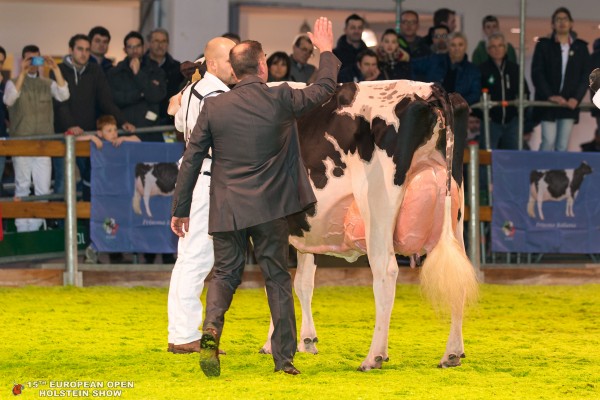
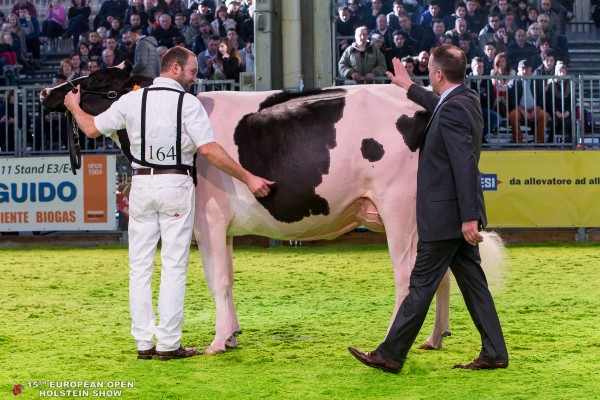
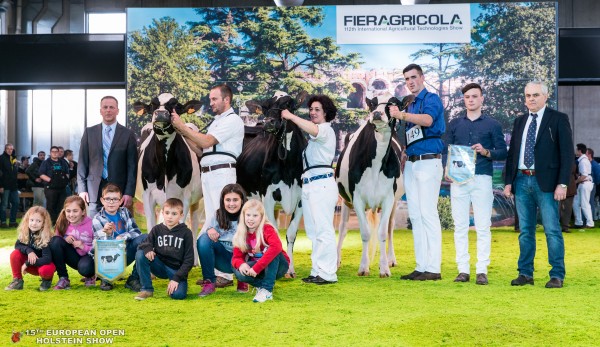
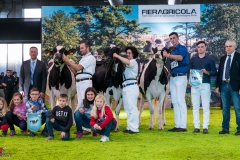
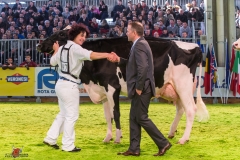
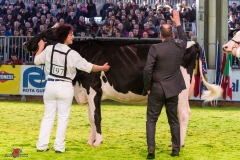
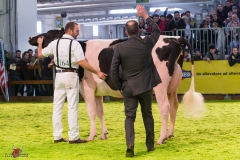
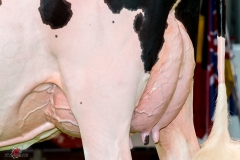
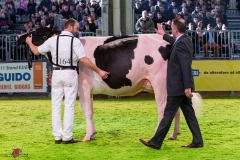
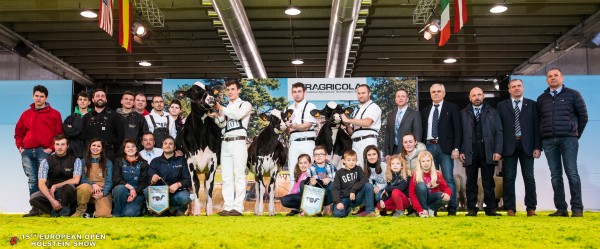
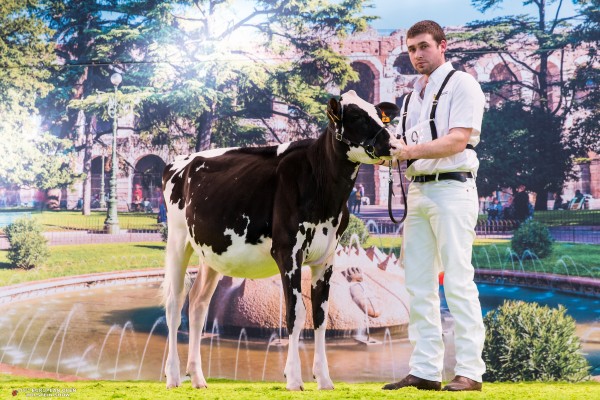
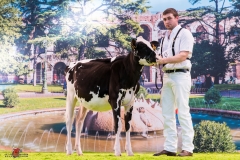
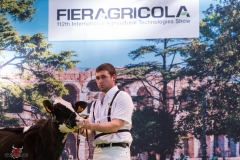
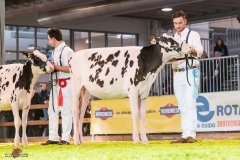
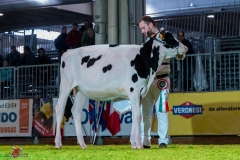
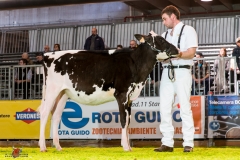
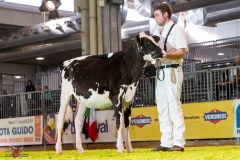
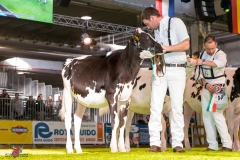
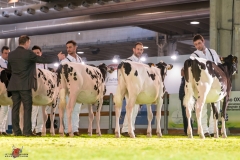
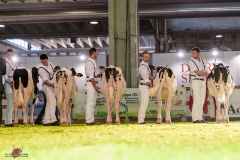
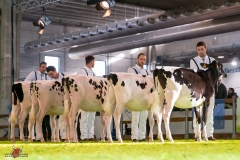
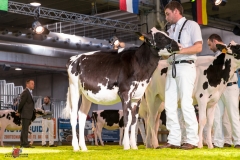
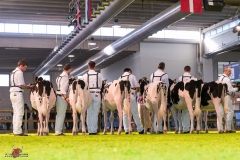
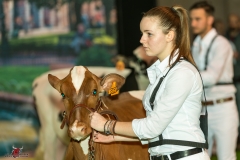
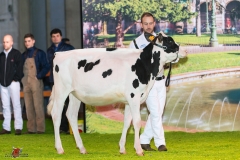

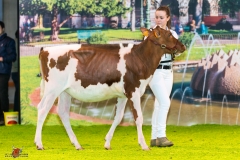
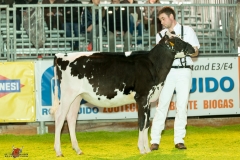
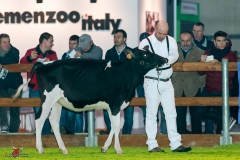
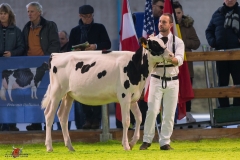
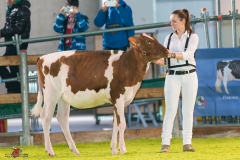
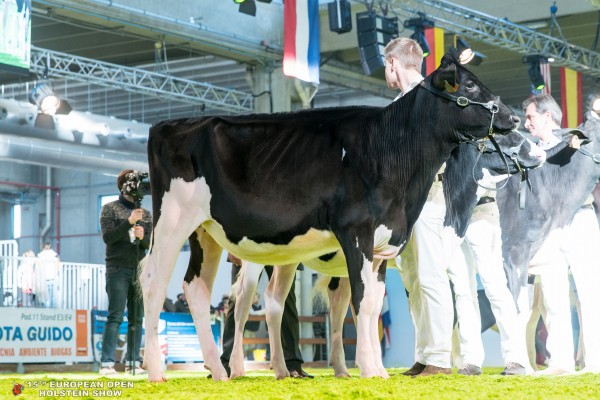
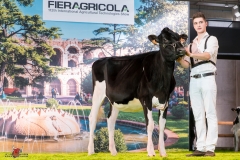
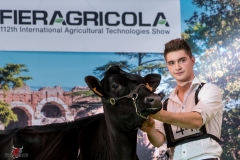
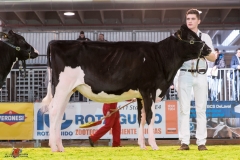
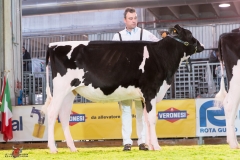
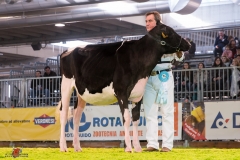
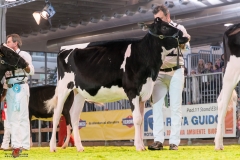
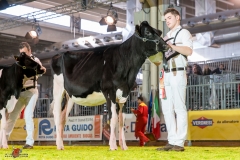
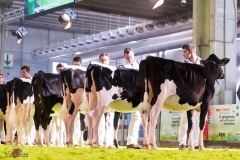

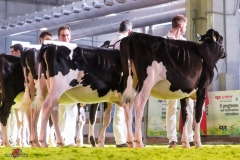
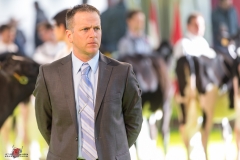
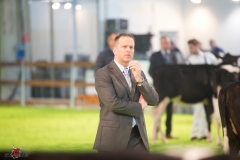
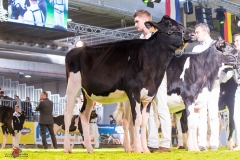
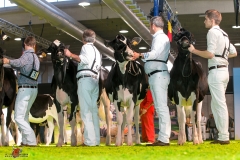
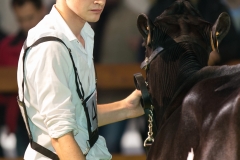
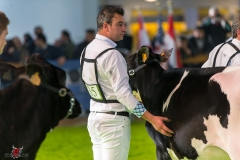
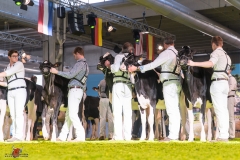
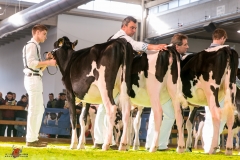
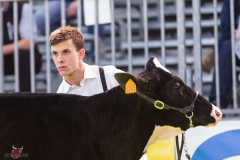
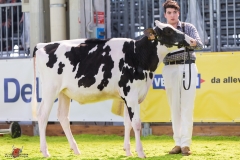
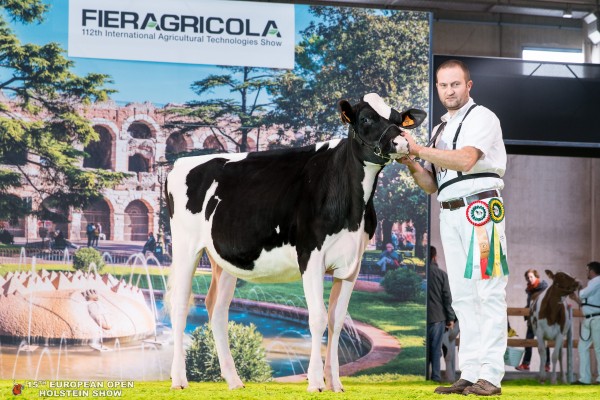
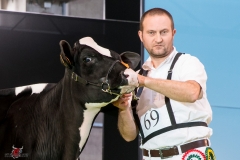
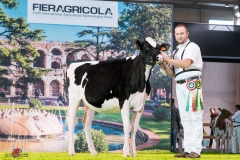
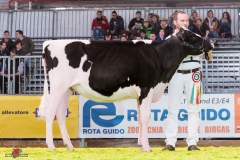
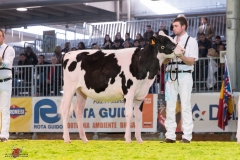
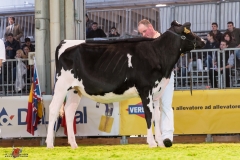
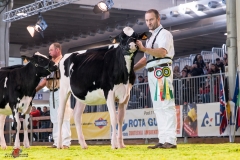

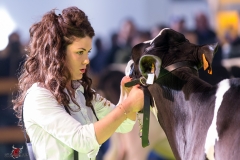
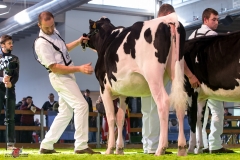
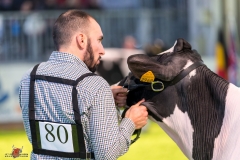
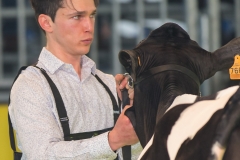
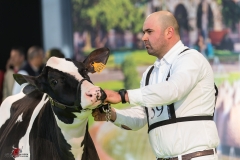
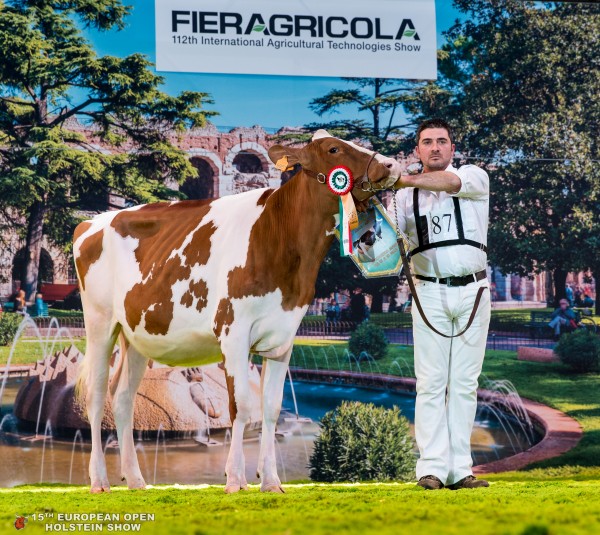
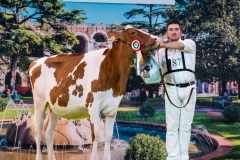
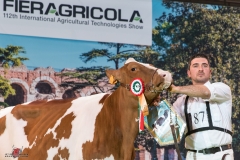
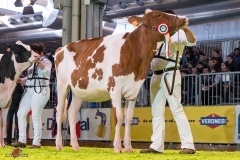
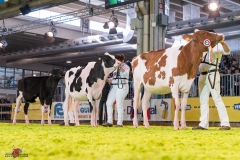
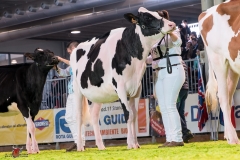
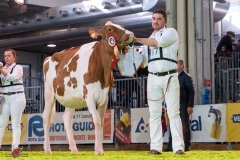
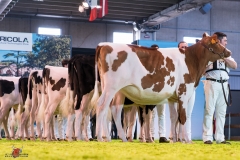
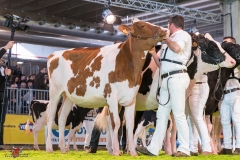
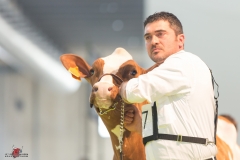
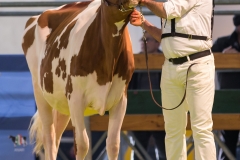
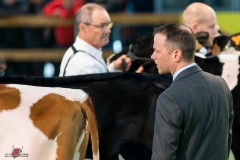
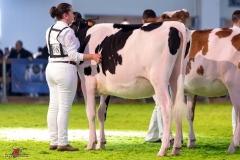
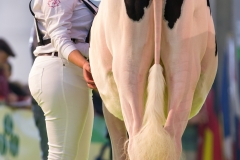
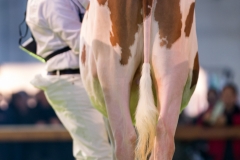
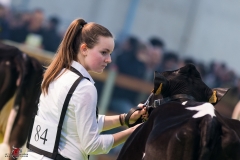
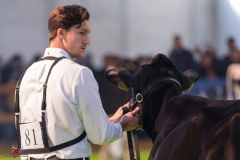
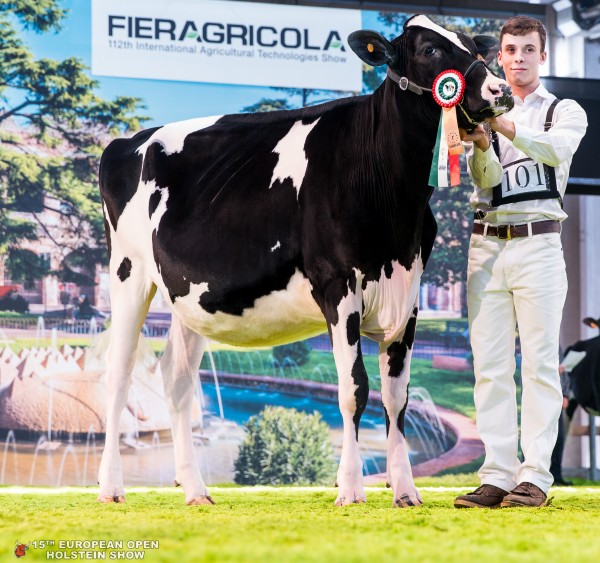
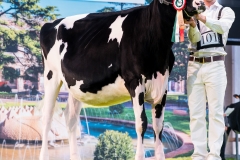
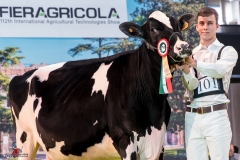
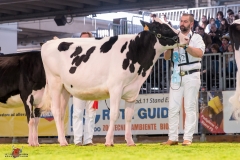
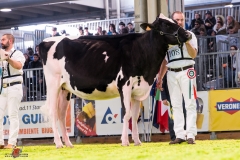
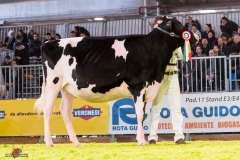
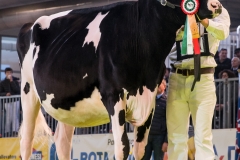
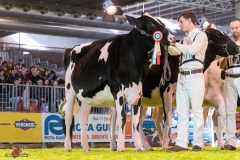
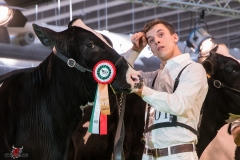
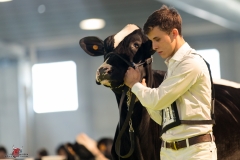
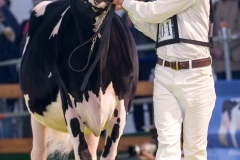
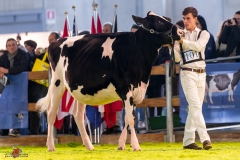
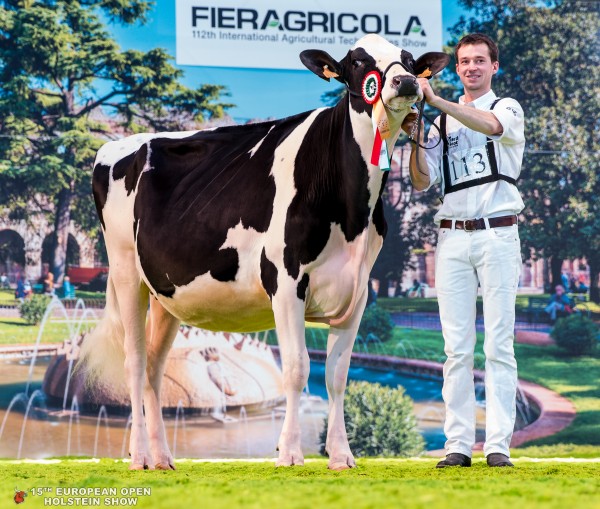
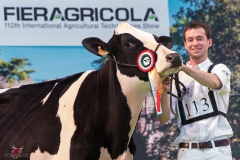
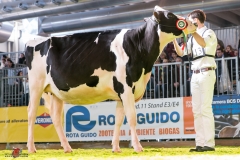
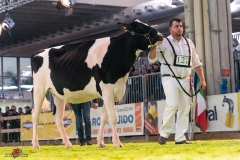
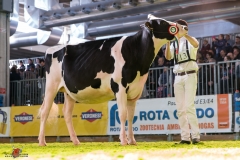
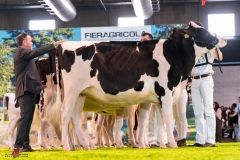
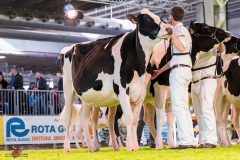

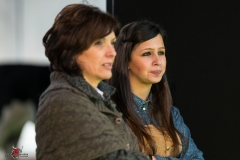
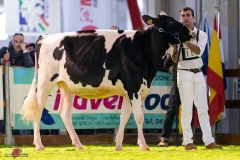
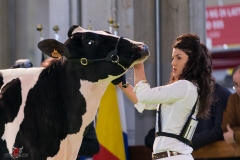
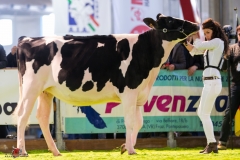
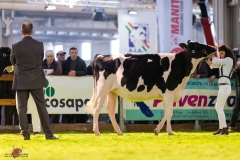
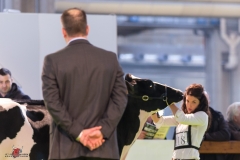
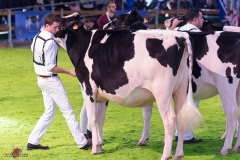
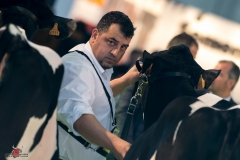
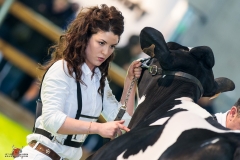
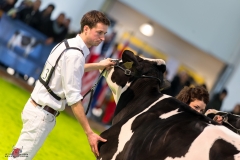
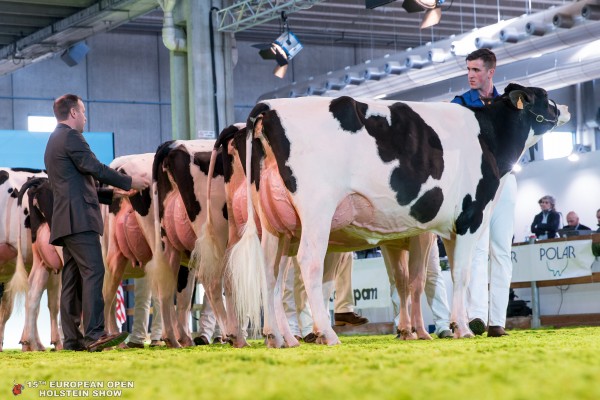
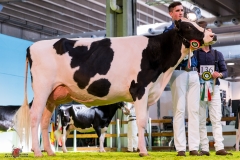
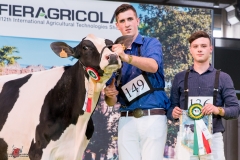
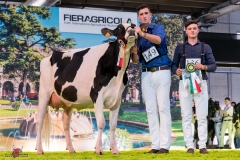
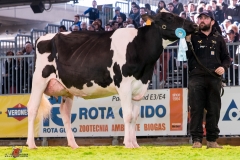
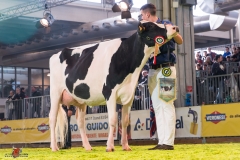
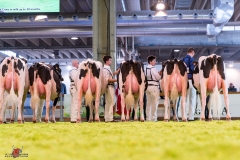
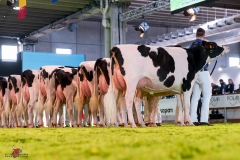
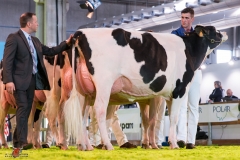
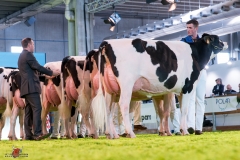
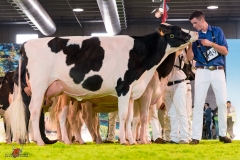
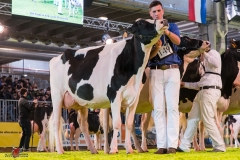
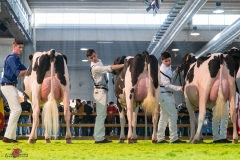
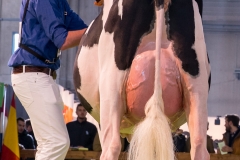
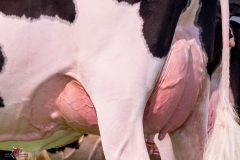
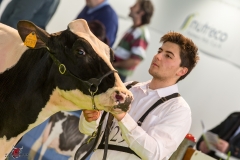
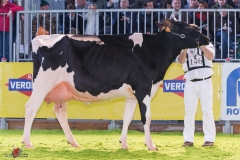
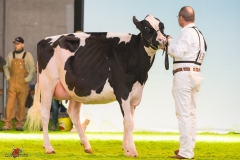
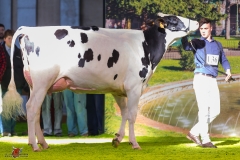
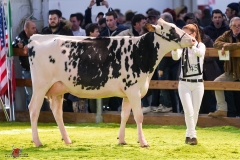
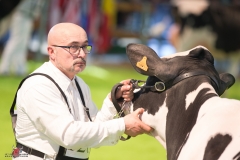
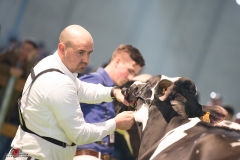
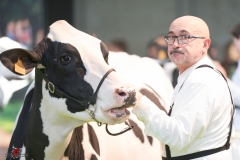
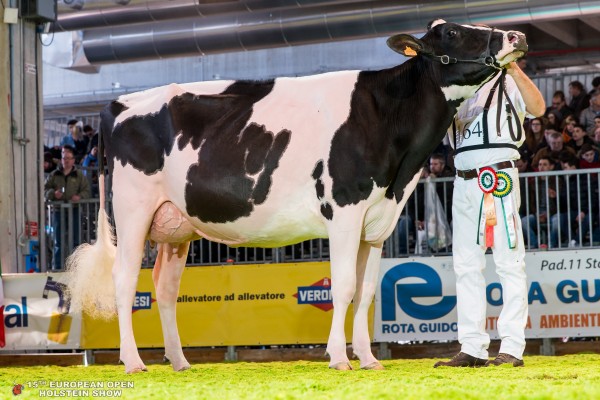
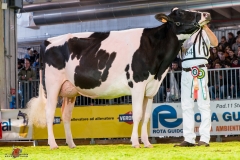
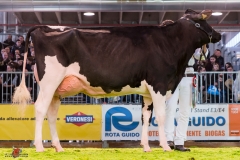
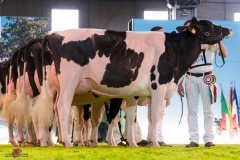
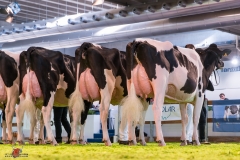
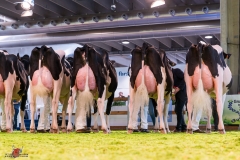
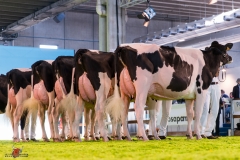
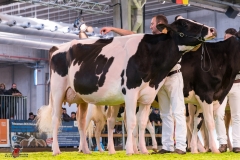
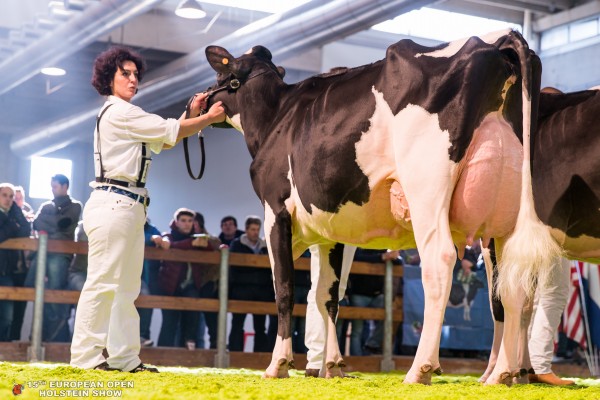
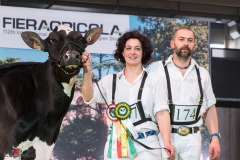
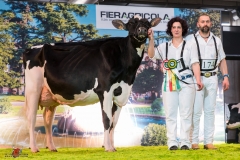
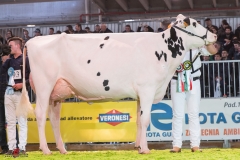
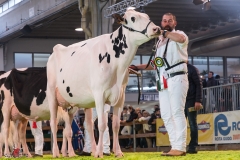
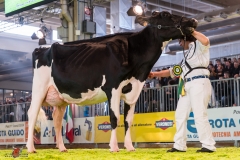
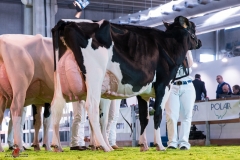
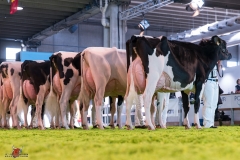
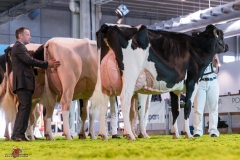
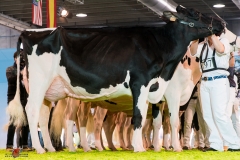
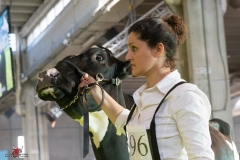
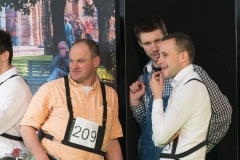
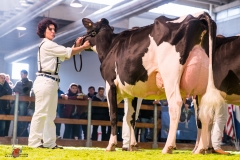
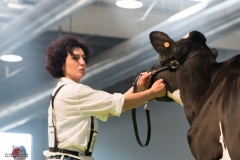
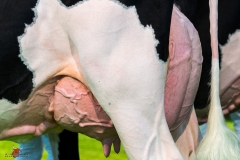
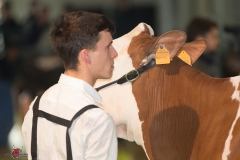
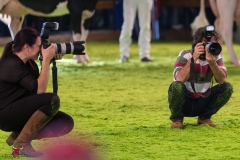
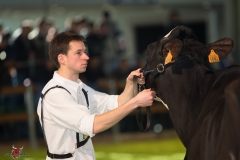
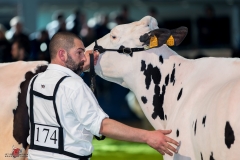
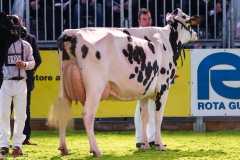
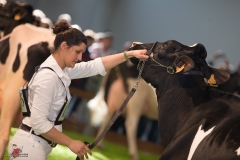
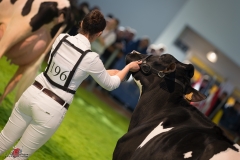
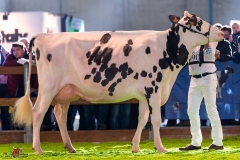
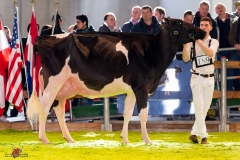
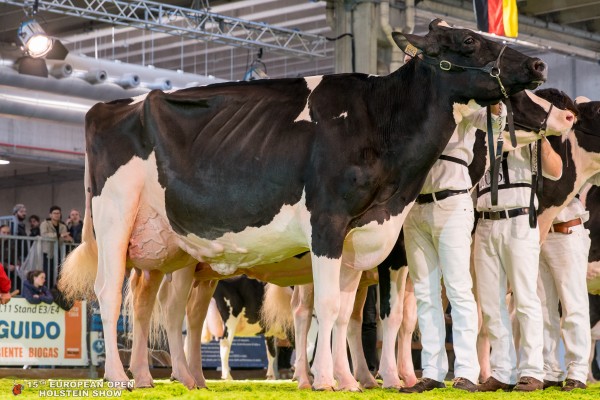
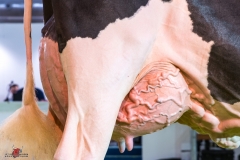
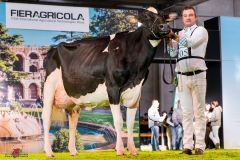
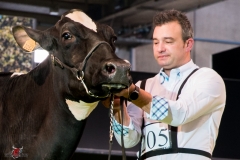
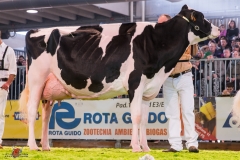
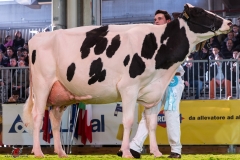

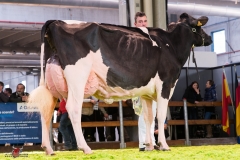
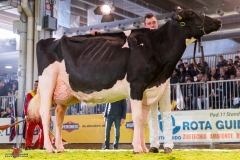
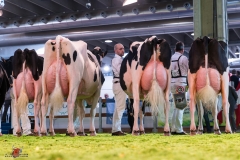
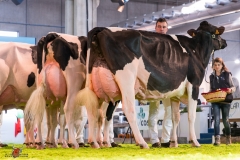
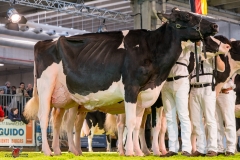
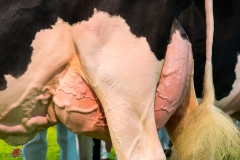
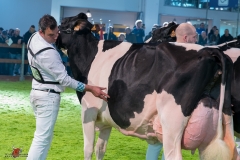
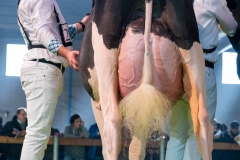
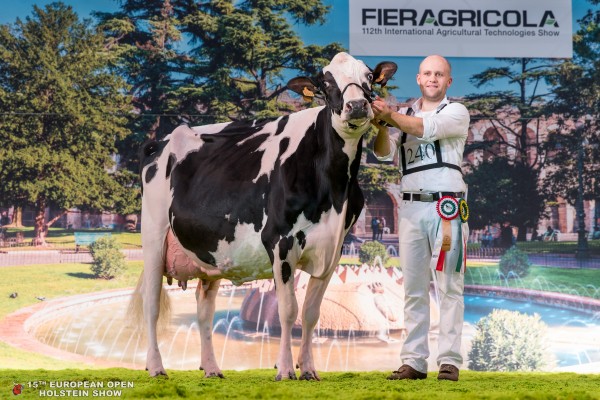
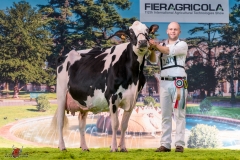
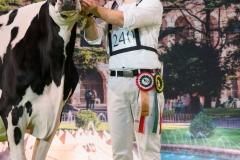
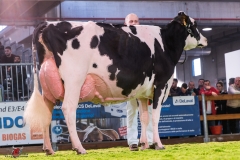
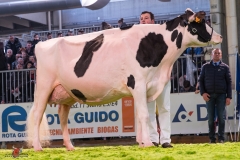
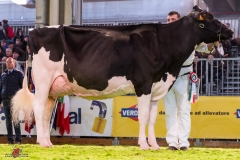
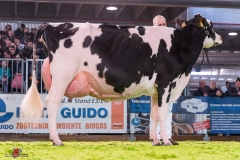
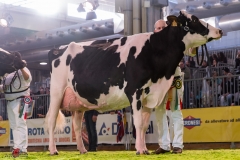
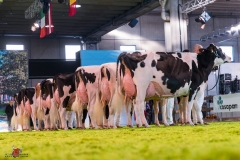
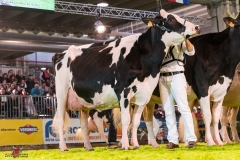
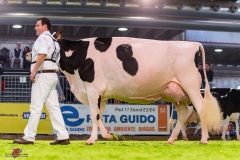
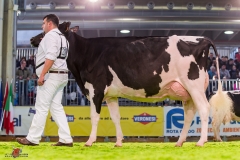
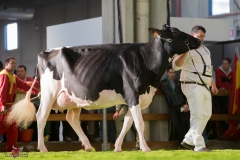
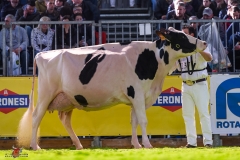
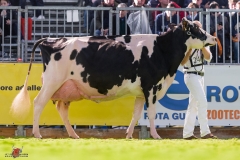

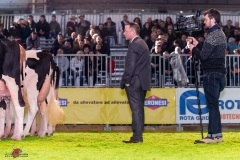
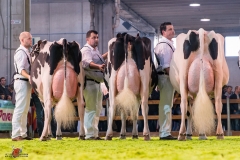
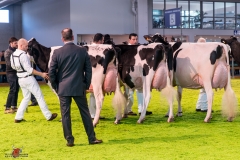
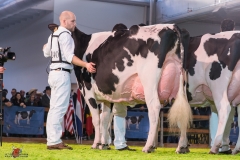
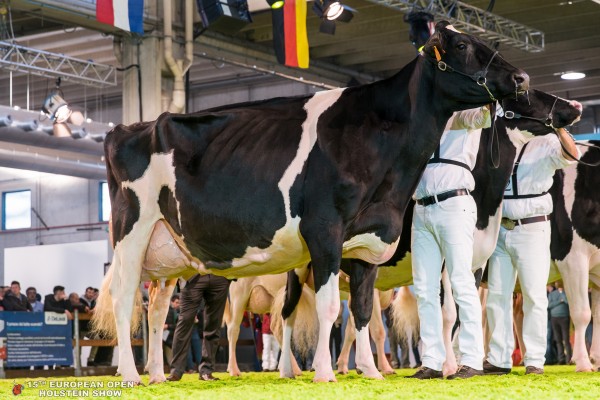
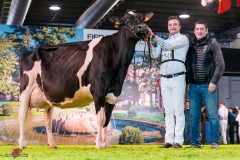
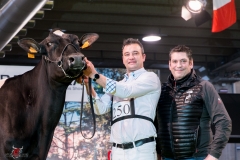
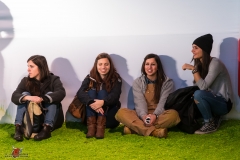
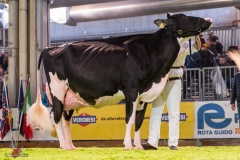
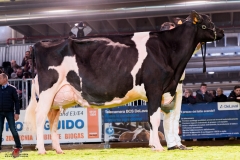
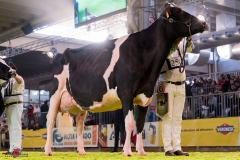
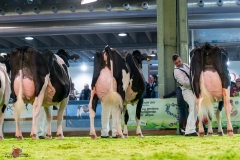
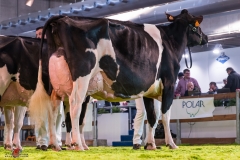
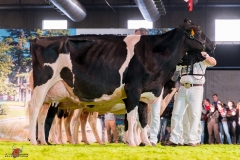
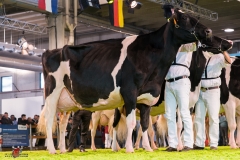
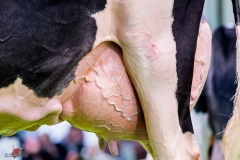
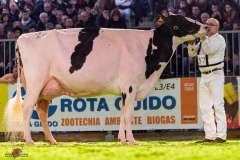
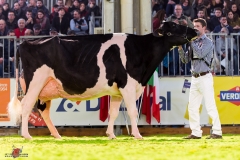
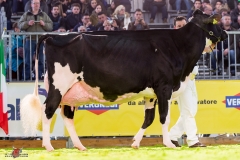
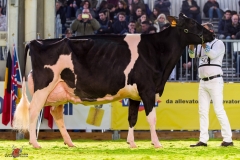
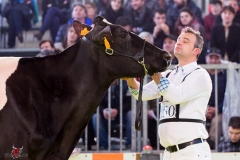
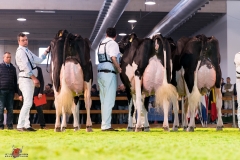
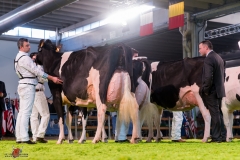
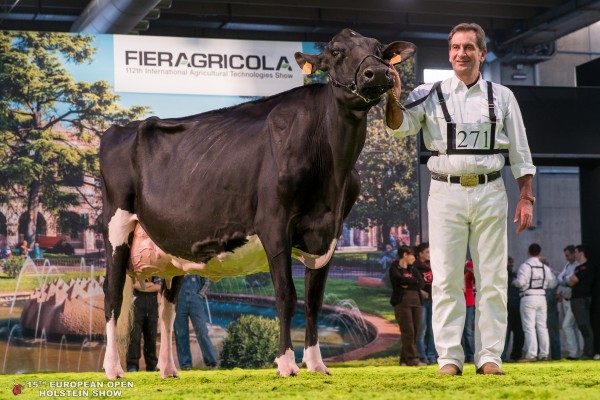
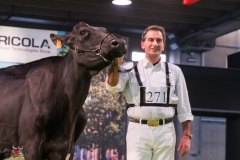

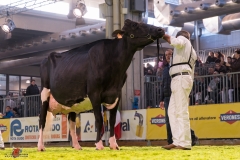
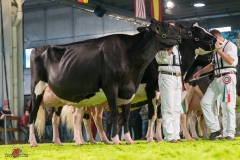
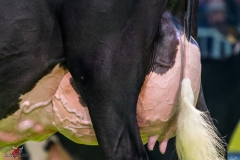
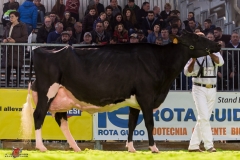

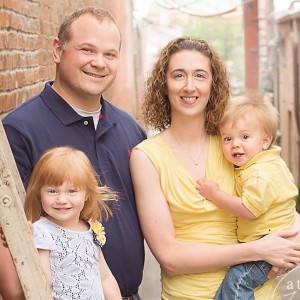 When you come from a fifth generation dairy farm, it is sometimes hard to put a single label on exactly what you do. That’s especially true if you live off the farm as is the case for Mary Mackinson Faber. Raised on the family farm located north of Pontiac, Illinois, Mary is well aware of the 24/7 commitment it takes to manage 165 milking cows and over 150 heifers and calves. In addition, there are roughly 2,000 acres of cropland where the Mackinson’s grow corn, soybeans, wheat and alfalfa.
When you come from a fifth generation dairy farm, it is sometimes hard to put a single label on exactly what you do. That’s especially true if you live off the farm as is the case for Mary Mackinson Faber. Raised on the family farm located north of Pontiac, Illinois, Mary is well aware of the 24/7 commitment it takes to manage 165 milking cows and over 150 heifers and calves. In addition, there are roughly 2,000 acres of cropland where the Mackinson’s grow corn, soybeans, wheat and alfalfa.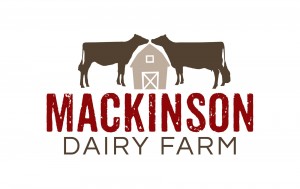 “Going Mobile Makes a Big Difference”
“Going Mobile Makes a Big Difference”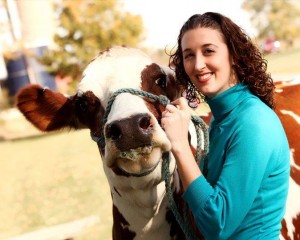 There are many ways to make a positive contribution on behalf of agriculture. Mary explains. “I encourage everyone in agriculture to speak honestly about what you do, why you do it and what you love about your way of life. As a Mom, I understand how important it is for other moms and parents to not only know where their food comes from but whom is taking care of the land. Therefore, my blog topics tend to focus on questions a consumer might have while grocery shopping, like the differences between skim, 2% and whole milk to why certain containers of cow’s milk have a longer expiration date. In addition to our blog, I am a contributor to
There are many ways to make a positive contribution on behalf of agriculture. Mary explains. “I encourage everyone in agriculture to speak honestly about what you do, why you do it and what you love about your way of life. As a Mom, I understand how important it is for other moms and parents to not only know where their food comes from but whom is taking care of the land. Therefore, my blog topics tend to focus on questions a consumer might have while grocery shopping, like the differences between skim, 2% and whole milk to why certain containers of cow’s milk have a longer expiration date. In addition to our blog, I am a contributor to 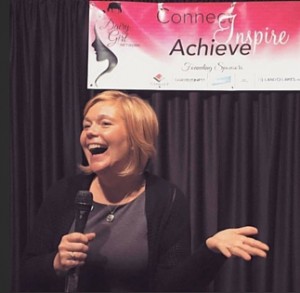 “One-on-One Builds Sharing and Caring”
“One-on-One Builds Sharing and Caring”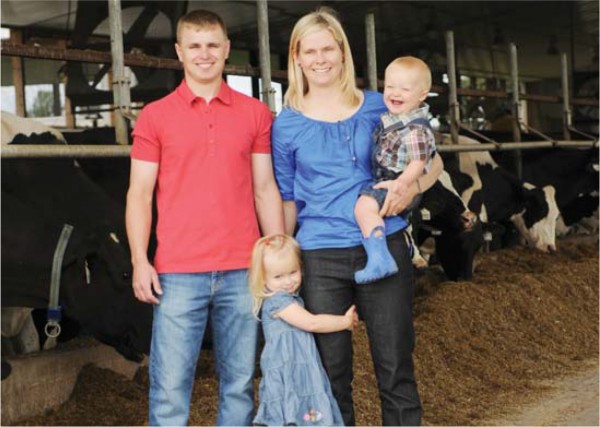
![12363083_1525147981131839_553892155549559281_o[1]](https://www.thebullvine.com/wp-content/uploads/2016/02/12363083_1525147981131839_553892155549559281_o1-600x403.jpg)
![10629337_1500945886885382_3944254530867143695_o[1]](https://www.thebullvine.com/wp-content/uploads/2016/02/10629337_1500945886885382_3944254530867143695_o1-600x380.jpg)
